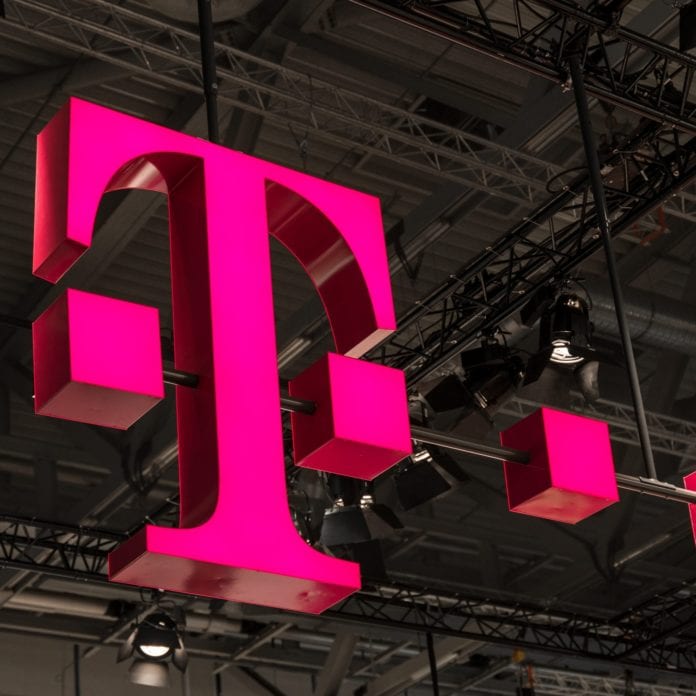Deutsche Telekom said that the data speed and bandwidth achieved during the trial were up to twelve times higher than current 5G networks
German carrier Deutsche Telekom achieved a 12 Gbps mobile data rate using a combination of 6 GHz and 3.6 GHz antennas in a trial, the telco said in a release.
The operator said that the data speed and bandwidth achieved during the trial were up to twelve times higher than in current 5G networks.
For the test under real conditions, Deutsche Telekom equipped a rooftop location in the town of Alzey in Rheinhessen with a 6 GHz antenna. In addition, an antenna was mounted that is already used today to provide 5G mobile services using 3.6 GHz.
“During the measurements at a distance of around 100 meters, around 12 Gbps were measured with slight fluctuations. The highest value was 12.3 Gbps. To achieve this unprecedented speed in mobile communications, the two 5G data streams – from the 6 GHz spectrum and from the 3.6 GHz spectrum – were bundled,” the telco said.
“The merging of frequency bands for more bandwidth is called ‘channel bundling’ or ‘carrier aggregation’ in technical circles. This principle has been used for LTE and 5G for years. The handsets bundle different frequency bands for more bandwidth and enable higher data rates. As part of usual network modernizations, the 6 GHz band could then additionally go into operation at Deutsche Telekom’s 5G mobile sites,” the German operator added.
The carrier explained that the 6 GHz frequency spectrum is particularly suitable for use in inner-city areas because a dense antenna network already exists there and at the same time many customers need a fast network. In Alzey, Deutsche Telekom has tested with 400 megahertz in the 6.425-7.125 MHz range. The first tests with 6 GHz already took place in Bonn in October 2022.
“The 6 GHz spectrum has the characteristic to meet the growing demand of our customers for more capacity and more speed. That is why we hope that the World Radiocommunication Conference will set the direction for mobile radio use,” said Abdu Mudesir, head of technology at Telekom Deutschland.
Deutsche Telekom recently said that a total of 9,700 of its 5G antennas in 750 cities are currently transmitting on the 3.6 GHz spectrum band.
Around 95% of households can already access Deutsche Telekom’s 5G network, while LTE coverage currently reaches 99% of households across Germany.
In June of last year, Deutsche Telekom announced it was for the first time using spectrum in the 700 MHz range to provide 5G service. The European carrier said that the use of the 700 MHz band improve mobile communications coverage in rural areas across Germany. In addition to the 700 MHz frequency, there are two other radio bands: 2.1 GHz and 3.6 GHz.
Deutsche Telekom said that 5G Standalone (SA) is technically available in the 2.1 GHz frequency band, adding that commercial use of 5G SA for residential customers will start as soon as applications are available.

